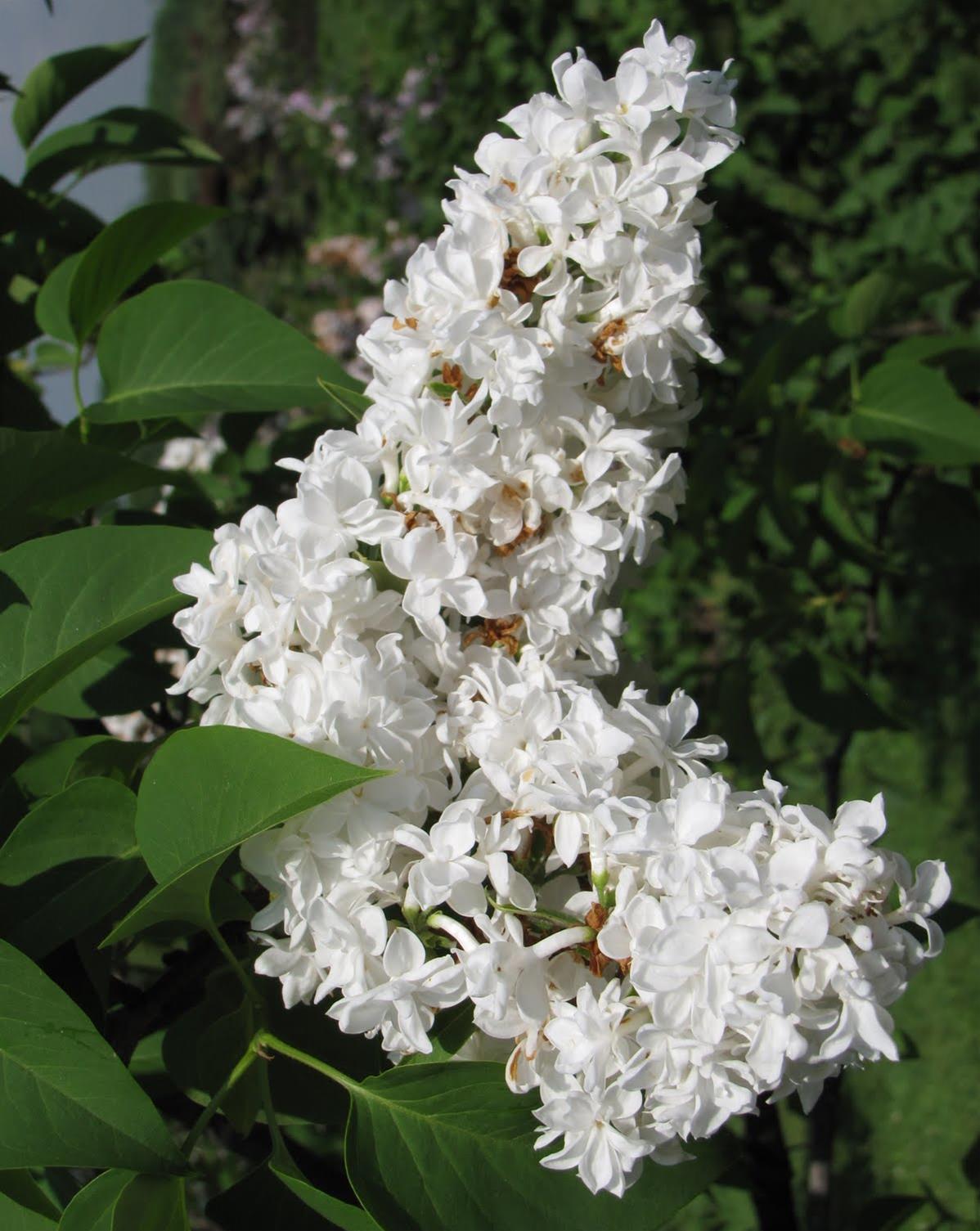Riverdene Garden Center
Madame Lemoine French Lilac
Madame Lemoine French Lilac
Couldn't load pickup availability
Syringa vulgaris ‘Madame Lemoine’
Madame Lemoine French Lilac is a classic, highly fragrant lilac with large, double white flowers that bloom in late spring. It is cold-hardy (Zone 3-7), disease-resistant, and long-lived, making it an excellent choice for hedges, mixed borders, and specimen plantings in Southwest Saskatchewan. Its pure white blooms and strong scent make it a favorite for cut flowers and pollinator gardens.
Planting & Location
- Hardiness Zone: 3-7 (perfect for cold prairie winters)
- Mature Size: 10-12 feet tall, 6-8 feet wide
- Growth Rate: Moderate (12-24 inches per year)
- Sunlight Needs: Full sun (6+ hours of direct sunlight for best flowering)
-
Soil Preference:
- Prefers well-drained, loamy soil.
- Tolerates clay, sandy, and alkaline soils.
- Avoid wet or compacted soil—lilacs dislike soggy roots.
- Spacing: 6-8 feet apart for a hedge, 8+ feet apart for individual plantings.
Watering
- Young Plants (First 1-2 Years): Water deeply once per week to establish roots.
- Established Shrubs: Drought-tolerant; water every 2-3 weeks in dry periods.
- Avoid Overwatering: Lilacs prefer moderate soil moisture but do not tolerate standing water.
Fertilizing
- First Year: No fertilizer needed—focus on root establishment.
-
Mature Shrubs:
- Apply a low-nitrogen, phosphorus-rich fertilizer (e.g., 5-10-10) in early spring to encourage flowering.
- Organic alternative: Compost or well-rotted manure in spring.
- Avoid excessive nitrogen, as it promotes leafy growth over blooms.
Pruning & Maintenance
- Best Time to Prune: Immediately after flowering (late spring to early summer).
-
How to Prune:
- Remove spent flower clusters to encourage more blooms next year.
- Trim dead, diseased, or crossing branches to maintain airflow and health.
- Avoid heavy pruning, as lilacs bloom on old wood.
Flowering & Fragrance
- Bloom Time: Late spring (May-June)
- Flower Color: Pure white, double blossoms
- Fragrance: Strong, sweet, classic lilac scent
- Attracts: Bees, butterflies, and hummingbirds
Pest & Disease Management
Resistant to: Powdery mildew and bacterial blight (common lilac diseases).
Common Pests:
-
Lilac Borers – Cause wilting branches.
- Solution: Keep plants healthy and prune out affected wood.
-
Aphids – Can cause curled leaves and sticky honeydew.
- Solution: Spray with insecticidal soap or introduce ladybugs.
Common Diseases:
-
Leaf Spot (Fungal or Bacterial) – Causes brown leaf spots.
- Solution: Improve airflow and remove infected leaves.
-
Root Rot (Phytophthora) – A risk in wet soils.
- Solution: Ensure well-draining soil and avoid overwatering.
Winter Protection
- Highly winter-hardy—no special protection needed.
- Mulching: Apply 2-4 inches of mulch around the base (not touching the stems) to insulate roots.
- Deer & Rabbits: Generally resistant, but young plants may need protection.
Landscape Uses
Ideal for hedges, screens, and specimen plantings
Brilliant white blooms stand out in spring gardens
Highly fragrant, perfect near patios and walkways
Cold-hardy and resistant to common lilac diseases
Attracts pollinators like bees and butterflies
Additional Notes:
- Madame Lemoine is one of the best white-flowering French lilacs, prized for its elegant double blooms and strong fragrance.
- Lifespan: 50+ years with proper care.
- Works well in formal gardens, cottage landscapes, and mixed borders.
Photo courtesy of Jeffries Nurseries
Share


